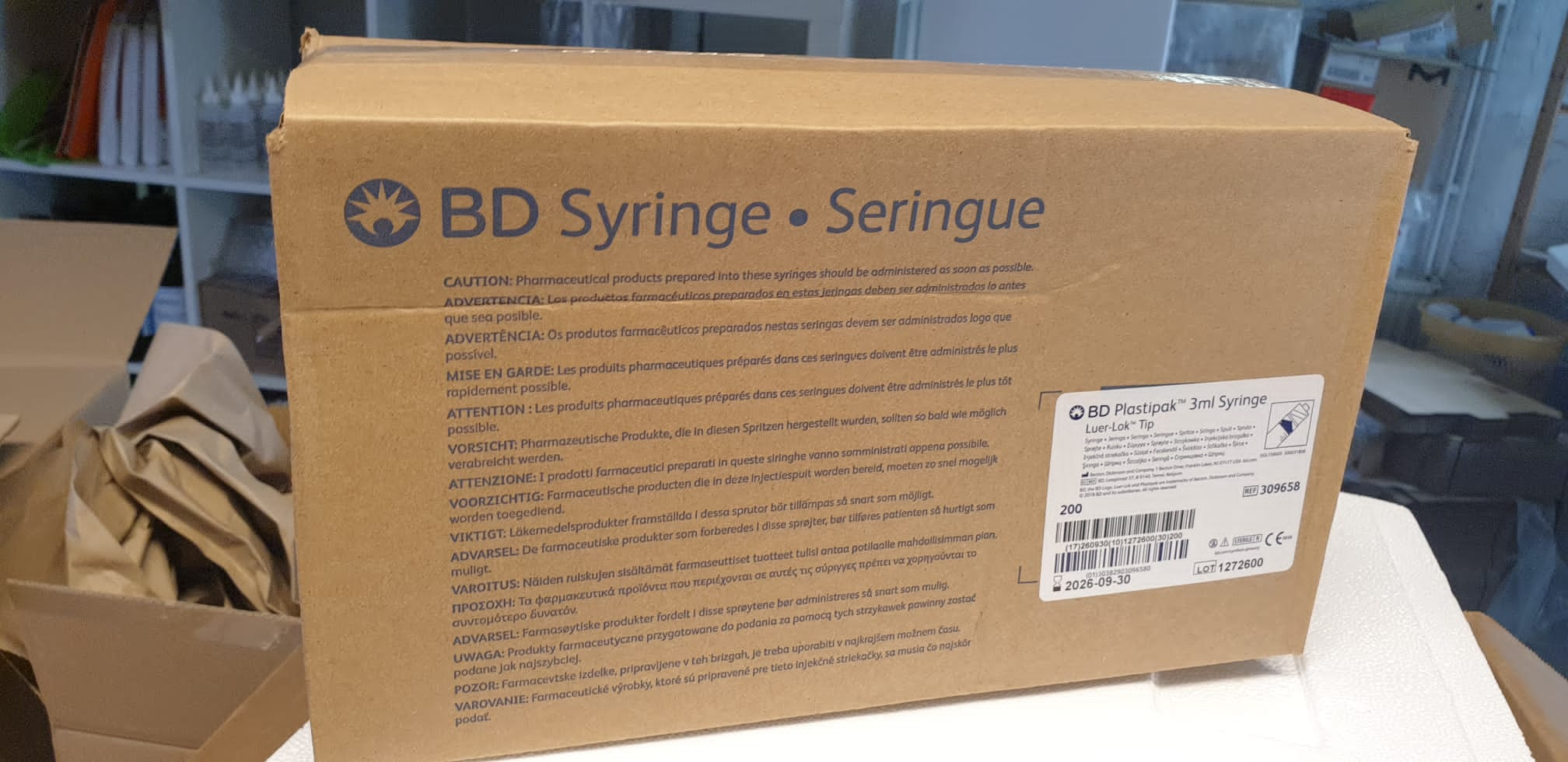How are needles classified?
Needles are classified according to their length and diameter. The length ranges from 0.5 inches to 3 inches. And the diameter is measured in gauges. For example, a 25 gauge needle would have a smaller diameter than a 19 gauge needle. Needle gauges range from 7 to 33, with the latter being the smallest. There are also insulin needles.
- When administering medications, the viscosity of the medication determines the size of the gauge. If the medication is viscous, a small gauge needle with a large diameter would suffice. Subcutaneous medication requires shorter needles, while intramuscular medication or insulin injection needles will require longer needles.
- The selection of syringes and needles will essentially depend on their use and the drug. If you want to buy needles and syringes online, make sure you choose an FDA-regulated online pharmacy. All kinds of syringes and needles from trusted manufacturers are available at drugsupplystore.com. This online pharmacy has a wide selection of syringes and needles in different sizes and brands. With trusted manufacturers like SureComfort and BD available, drugsupplystore.com makes shopping easier, cheaper, and more reliable.
What do you need to know about syringes?
A syringe is made up of the following parts: a round barrel, a piston-like rod known as a plunger, and a tip, which provides the attachment point for the needle. Graduation lines on the barrel indicate the amount of solution in the syringe. The size of the syringe can range from 0.5 ml to 60 ml.
For subcutaneous injections (injections given into the tissues under the skin) or intramuscular injections (those given into the muscle), a 1 ml to 3 ml syringe is usually sufficient. For intravenous lines and irrigated wounds, larger syringes are required. We have the 3ml syringes.
How are syringes classified?
Syringes generally fall into two categories: Luer-Lok and non-Luer-Lok. This differentiation is based on the tip of the syringe. In simple terms, Luer-Lok syringes are the ones that require the needle to be twisted and locked in place, while non-Luer-Lok syringes only require the needle to be pressed down firmly at the top.
- Insulin syringes
Insulin is a hormone used to treat patients who have insulin-dependent diabetes mellitus (IDDM). It is administered with the help of small-sized syringes that have a volume of 0.3ml to 1ml. Insulin syringes are designed for self-administration and are used for subcutaneous injections. We stock insulin syringes from BD Syringes and Ulticare.
- Tuberculin syringes
These syringes are used for tuberculosis tests. They are small in size and the liquid they contain is injected directly into the body. The barrel of a tuberculin syringe is long and thin and can hold up to 1 ml of liquid. It comes with a pre-installed needle. Please note that although this syringe is small in size, it cannot be used to deliver insulin. We have the BD Syringe syringes.
What do you need to know about needles?
Most hypodermic needles are made of stainless steel with a hole in the middle. The structure of a typical needle can be divided into three parts: the hub, which is attached to the syringe, the shaft, which is the length of the needle, and the bevel, the angled tip of the needle.

